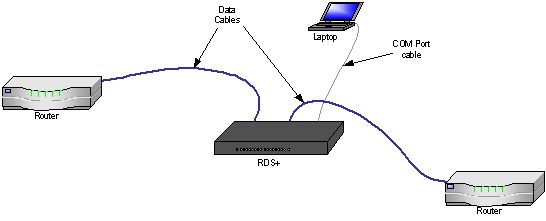*Network Delay Emulator for serial data delay emulation & TELCO Latency Emulation
* Bi-directional independent delay buffers per channel, Full Duplex
* Supports Split Speed and Delay
* Interfaces supported DS3, E3, STS-1, DS1/E1, TTL, HSSI, RS- 232, RS-422/449, RS-530, V.35, and X.21
* Data Rates: 1.2K to 51.84Mbps
* Network Simulation Delays of 5mS up to 4 Seconds in 1mS increments, each data path
* Random Error insertion from 1×10-1 to 1×10-12 BER
* Burst Error insertion
* BERT 511 generator and tester
* Timing Internal or from either port interface. Accepts external clock for synchronization of internal timing
* Managed via serial port or web enabled GUI interface
* Status LED’s for each port allows ease of connection and trouble shooting
* Internal 90-240 VAC auto sensing power supply
* Sturdy 1U Metal Enclosure, Desk Top or Rack Mount



